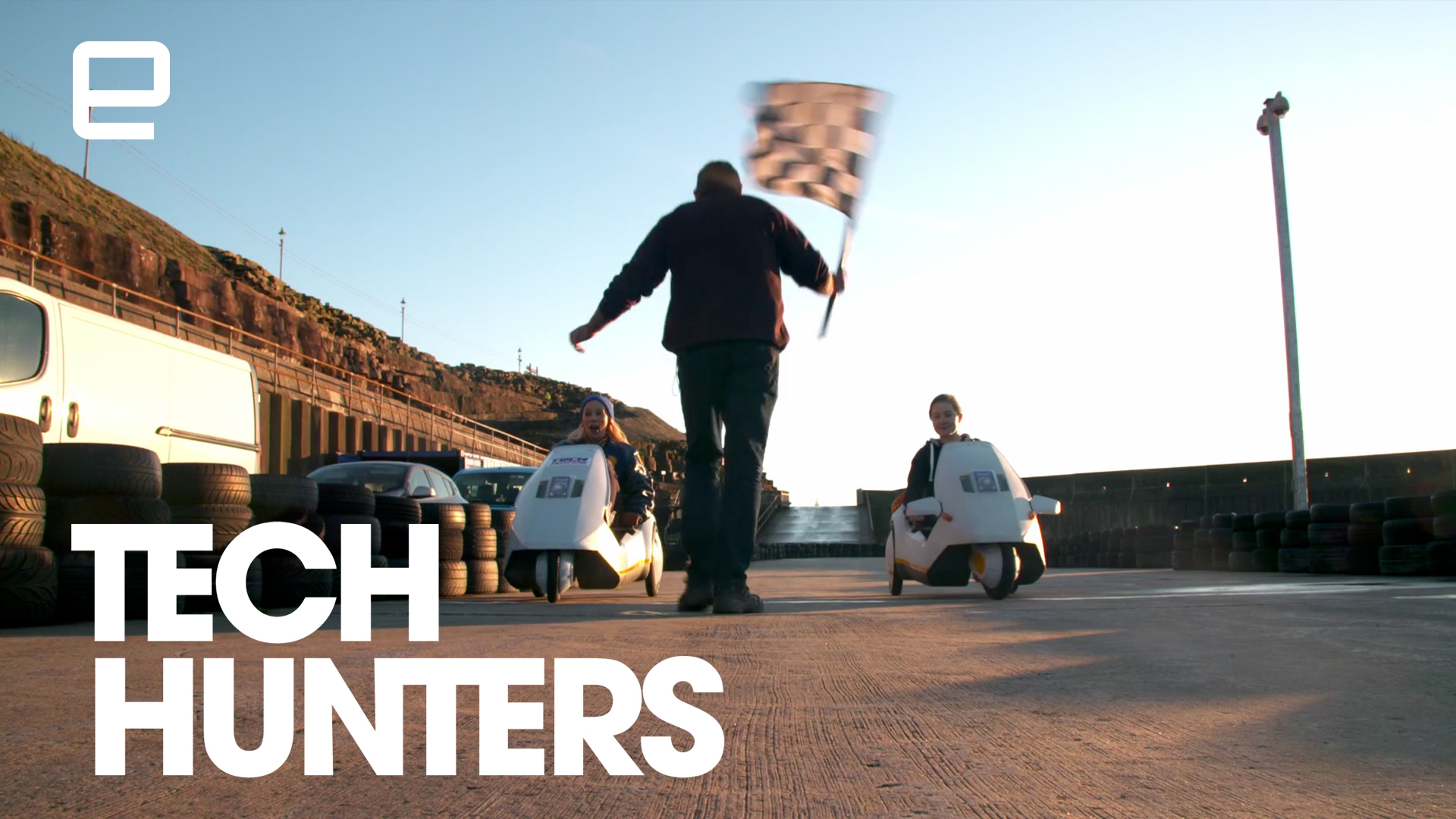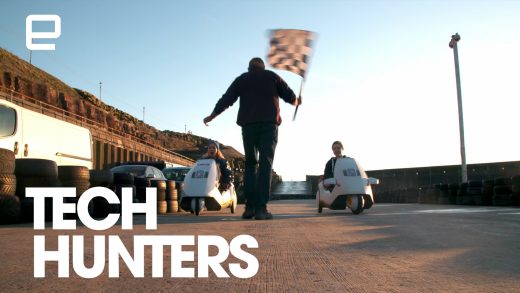Tech Hunters: Feeling the need for speed with the Sinclair C5
Sometimes, technology can be too far ahead of its time. That’s the excuse many people will give for the Sinclair C5 electric tricycle, which appeared 30 years before car makers like Tesla and Nissan made us believe in an EV future.

Launched in 1985 by Sir Clive Sinclair, the C5 featured a injection-moulded polypropylene shell and a chassis developed by Lotus. Its on-board battery could deliver up to 19 miles of range and propel the tricycle to a whopping top speed of 15 miles per hour. Front-mounted handlebars allowed the rider to steer as they reclined.
At launch, the Sinclair C5 received mixed reviews. Some saw it as the future of personal transport, while other dismissed it as a toy. At £399 (£1180 in today’s money), the rideable certainly wasn’t cheap, especially for a vehicle that required its owner to pedal when they wanted to go uphill. Its low profile also made it difficult to see oncoming traffic and it didn’t require a license or a helmet, meaning anyone over the age of 14 could operate one on Britain’s roads.
About six months after launch, Sinclair ran into difficulties and production of the C5 stopped, leaving a large number of vehicles unsold. Still, a lot of people still have a fondness for the battery-powered pedalling machine, like Vicky who shows Julia Hardy around Blackpool in the diminutive motor.
Tech Hunters is a 10-part video series that uncovers the devices we were once obsessed with, looking at how they disrupted the tech industry, and what they’re worth today. From the pocket pet obsession with the original Tamagotchi, to mix-tapes and Sony Walkman, Tech Hunters explores the audio, visual, interactive and transport innovations that have shaped today’s culture.
(19)













